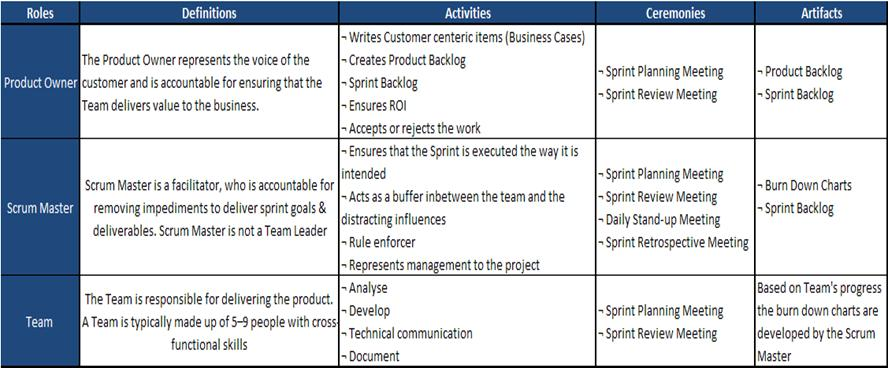Scrum Theory
Scrum is founded on empirical process control theory, or empiricism. Empiricism asserts that knowledge comes from experience and making decisions based on what is known. Scrum employs an iterative, incremental approach to optimize predictability and control risk. Three pillars uphold every implementation of empirical process control: transparency, inspection, and adaptation.
Transparency Significant aspects of the process must be visible to those responsible for the outcome. Transparency requires those aspects be defined by a common standard so observers share a common understanding of what is being seen.
For example:
- A common language referring to the process must be shared by all participants; and,
- A common definition of "Done"
Scrum users must frequently inspect Scrum artifacts and progress toward a goal to detect undesirable variances. Their inspection should not be so frequent that inspection gets in the way of the work. Inspections are most beneficial when diligently performed by skilled inspectors at the point of work.
Adaptation
If an inspector determines that one or more aspects of a process deviate outside acceptable limits, and that the resulting product will be unacceptable, the process or the material being processed must be adjusted. An adjustment must be made as soon as possible to minimize further deviation.
Scrum prescribes four formal opportunities for inspection and adaptation, as described in the Scrum Events section of this document.
- Sprint Planning Meeting
- Daily Scrum
- Sprint Review
- Sprint Retrospective
(Courtsey - 1991-2013 Ken Schwaber and Jeff Sutherland - Scrum.org)





